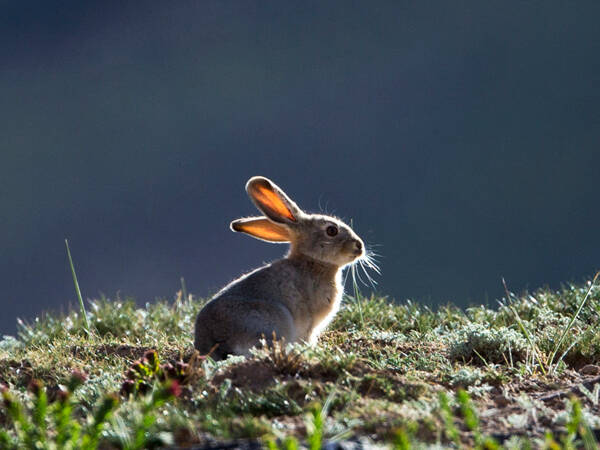
The classification status of the Tarim rabbit is stable, but there is a lot of controversy about which species group it belongs to. The number of Tarim rabbits is small. They adapt to a dry climate with little rain (annual rainfall is less than 100mm) and small oases with summer temperatures as high...
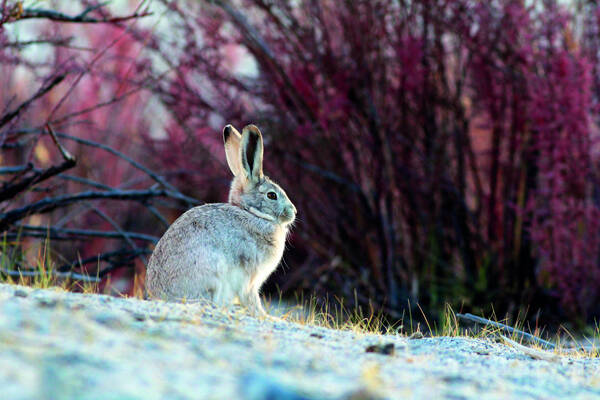
Mongolian rabbits are active both day and night, but are most active at dusk. The number of Mongolian rabbits is relatively small. In the plains, Mongolian rabbits mostly live in semi-desert and desert steppes, oases, or Artemisia grass steppes with halophytes, and in the woods, canal banks, fallow...

The snow hare is the earliest rabbit species to be named. The species classification is stable, but there are many subspecies and some confusion. This species is very cold-resistant and lives in the taiga forest in the Arctic Circle or close to the Arctic. The snow hare is one of the representative...

The classification status of the Tibetan rabbit is very confusing. It was not until 1930 that it was considered an independent species. Later, it was listed as a subspecies of the plateau rabbit (<Lepus oiostolus>), and was also listed as a subspecies of the Mongolian rabbit (<Lepus tolai&g...
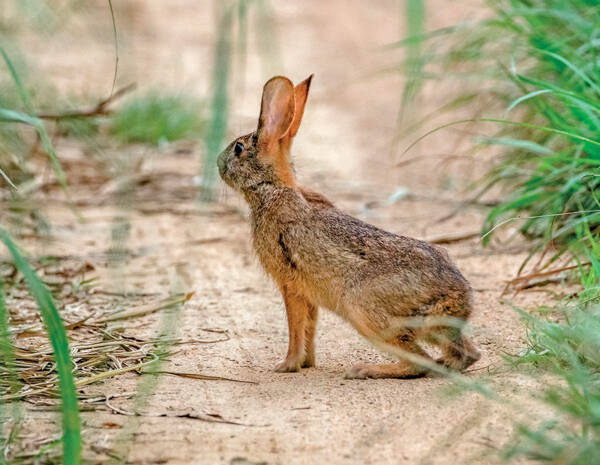
The classification of South China rabbit is somewhat controversial. The Korean rabbit (Lepus coreanus) distributed on the Korean Peninsula was once included in this species. However, the Korean rabbit has a relatively longer tail.South China rabbit is a pure herbivorous animal, eating various weeds,...
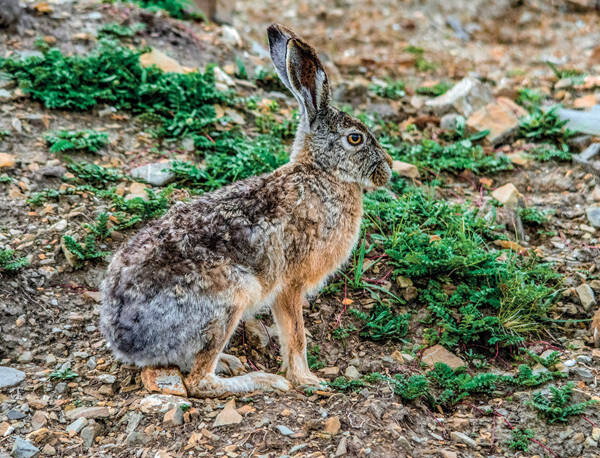
Plateau rabbits are herbivorous animals. In agricultural areas, they feed on young stems, buds, flowers, fruits, tubers and various weeds of crops. Many types of crops are harmed, such as wheat, beans and vegetables. 80%~90% of its food is various crops, and weeds only account for 10%~20%. In pastor...
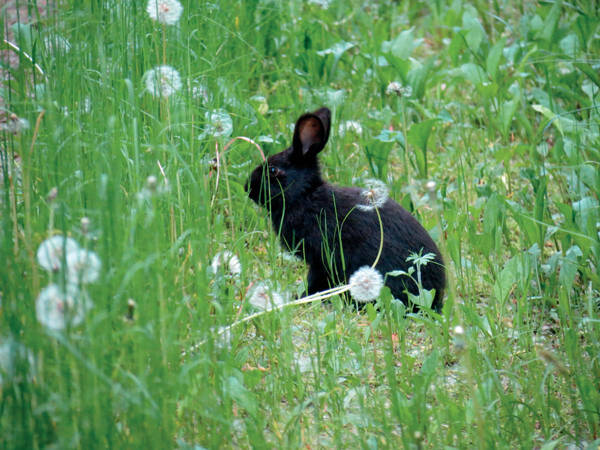
This species is controversial in classification. It was once considered to be the Northeast Black Rabbit (<Ochotona melaninus>) and was also included in the Japanese Short-tailed Rabbit (<Lepus brachyurus>). It mainly lives in forests. It is herbivorous and sometimes eats tree bark.North...
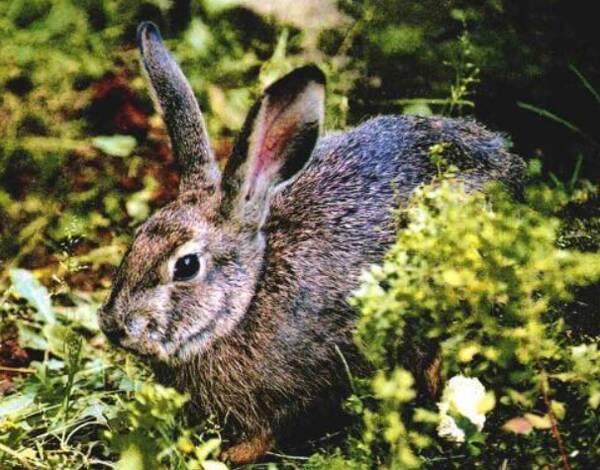
In the past, Yunnan rabbits were long considered a subspecies of the plateau rabbit (Lepus oiostolus). Mr. Luo Zexun, a famous rabbit scientist in my country (1981), finally recognized Yunnan rabbits as an independent species, which was later widely recognized. There are three subspecies, and whethe...
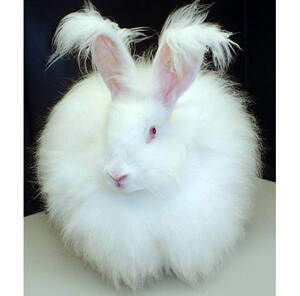
Angora rabbit is a world-famous wool-producing rabbit breed, a type of long-haired rabbit. Its hair is dense and long, and it is also called grass mud rabbit on the Internet. According to data from the international ARBA organization, it originated from the Angora Province in Turkey. Another theory...

The Tarim rabbit is called Yarkandhare in English and is a typical desert species.After the Himalayas rose, the Kunlun, Altai and Qilian Mountains rose strongly, and after being connected with the Eurasian continental block, the land area increased, blocking the Indian Ocean warm current, and the cl...
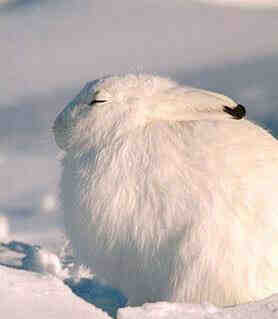
The snow hare is called Mountain hare in English, and there are 25 subspecies.Snow hares generally act alone except during the estrus period. During the day, it hides in simple caves under bushes, hollows and fallen trees, which are covered with dead branches and leaves and its own shed hair. It com...

Helan Mountain Pika, also known as Ningxia Pika, English name Silver Pika, is a species endemic to China.Helan Mountain Pika is active during the day, active frequently at dawn and dusk, and will build typical pika haystacks. It mainly feeds on leaves and stems of Artemisia, Euphorbia and Poaceae pl...
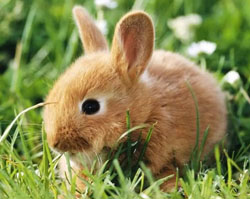
The Hainan rabbit is a solitary animal that is active mainly at night, and is most active at dusk or dawn. It lives in bushes and grasslands. It neither hibernates nor aestivates. It reproduces several times a year, with a gestation period of about 30 days, and the young reach sexual maturity in abo...